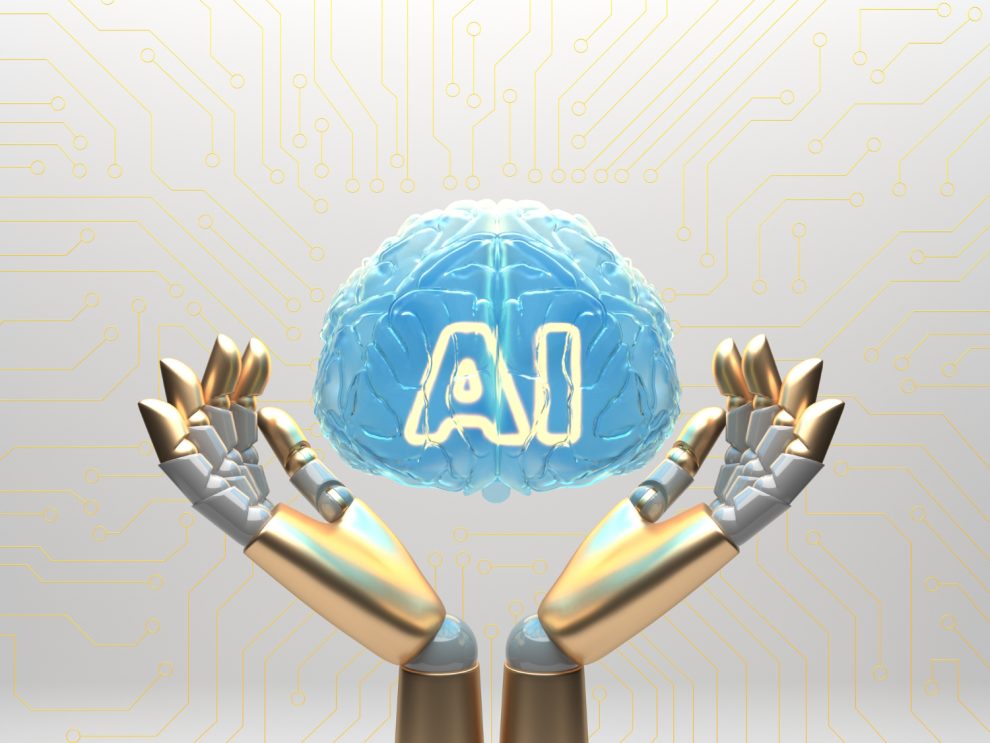Every day, the amount of data and information managed by companies continues to grow: 64% of organizations manage at least one petabyte of data, according to an Information Week article, which is equivalent to approximately 10 million digital folders full of information.
And 41% exceed that figure, managing more than 500 petabytes, or the equivalent of 5 billion folders.
This has created a unique situation within companies: plenty of information available for better decision-making, yes, but it’s increasingly difficult to access and understand it.
Executives now spend more time examining dashboards and reports than acting on information. The result? Missed opportunities, slower decision cycles, and reactive strategies.
Faced with this situation, what leaders really need is a way to “translate” the complex information they have stored, so they can understand and make decisions based on it. This is where Generative AI (GenAI) comes in.
How Generative AI is Transforming Business Intelligence
Generative AI is a technology that enables the creation of original content—whether in text, image, video, or audio format, even software code—in response to a request or message sent by a user, IBM explains on its website.
While traditional data analytics systems only analyze what has already occurred, generative AI is capable of interpreting, predicting, and recommending actions based on complex patterns and changing contexts in the data.
Manually analyzing millions of customer records, for example, could take hours, days, or weeks. But through generative AI, companies can detect trends invisible to the human eye and generate executive summaries that highlight new sales opportunities or areas of risk.
Thanks to generative AI solutions, business leaders can shift from backward and inefficient data management to one driven by data intelligence, improving decision-making and generating greater profits and productivity.
And more and more business leaders are taking the plunge and using AI in their organizations: 78% of executives estimate that in the next 3 to 5 years, they will need to build digital ecosystems for both AI agents and humans, according to an article on AI News.
Top Generative AI Use Cases for Smarter Business Decisions
Automating routine tasks is one of the primary uses companies are making of generative AI, such as data reorganization and classification.
But, according to a McKinsey report, 75% of generative AI use in organizations is concentrated in these four areas: customer operations, marketing and sales, software engineering, and R&D.
And the sectors where generative AI solutions have the greatest impact are banking, technology, and healthcare.
We’ll explain generative AI use cases in more detail below:
1. Predictive Planning
One of the most interesting uses is predictive analytics: with generative AI, years of historical data can be analyzed to anticipate future scenarios, from product demand to resource availability.
By simulating multiple combinations, it also helps decision-makers optimize budgets, inventories, and supply chains, reducing losses and improving market responsiveness.
2. Generating Customer Insights
Generative AI tools allow for the creation of much more complete and realistic customer profiles based on the analysis of interactions on social media, surveys, emails, and sales records. By detecting changes in behavior or preferences, it can also generate personalized recommendations that strengthen customer loyalty and retention.
3. Operational Optimization
Internally, generative AI automates report creation, identifies process bottlenecks, and suggests improvements in real time. This significantly reduces human error and operating costs.
By integrating these capabilities, organizations achieve faster, more accurate, and data-driven decision-making, consolidating their competitive advantage in the market, regardless of their industry.
Leveraging IT Outsourcing Services to Scale AI Capabilities
For companies that lack in-house expertise or the infrastructure to fully implement generative AI solutions, IT outsourcing services can be a strategic ally.
Outsourced technology teams can help integrate AI tools into existing systems, automate data workflows, and ensure security and scalability.
By partnering with experienced providers, organizations can accelerate their AI adoption while focusing internal resources on core business strategies.
Additionally, outsourcing allows companies to reduce operational costs without compromising quality, gaining access to specialized talent and advanced technologies at a fraction of the expense of building these capabilities internally. Countries like Panama have become popular outsourcing destinations, offering competitive pricing and highly skilled IT professionals.
Real-World Generative AI Success Stories in Global Companies
Morgan Stanley
This financial institution adopted generative AI in wealth management, client engagement, and operational efficiency, CTO Magazine reported in an article.
In September 2023, the company launched an internal assistant powered by OpenAI’s ChatGPT technology, which they called “AI @ Morgan Stanley,” which allows financial advisors to quickly retrieve information and get answers to their questions. This increases document retrieval from 20% to 80%.
Coca-Cola
The soft drink company launched a campaign called “Create Real Magic,” powered by OpenAI’s Generative AI to analyze digital interactions and global consumer trends.
“Coca-Cola used Azure’s open ecosystem and Azure AI Foundry’s global speech services to create a personalized Santa model that conversed in real time with over one million people in 26 languages, with sub-millisecond performance,” Microsoft reported.
“This was an ambitious campaign! We knew conversational AI was going to be a huge success, so we harnessed the power of technology to inspire meaningful connections between friends and loved ones—a hallmark of our holiday campaigns,” said Pratik Thakar, vice president and global head of generative AI, Coca-Cola.
Conclusion
The true value of generative AI lies not in its technical power, but in its ability to transform data chaos into strategic clarity, enabling leaders to make decisions with confidence in an increasingly complex and competitive environment.





















